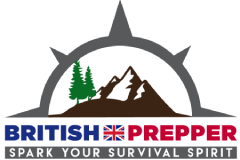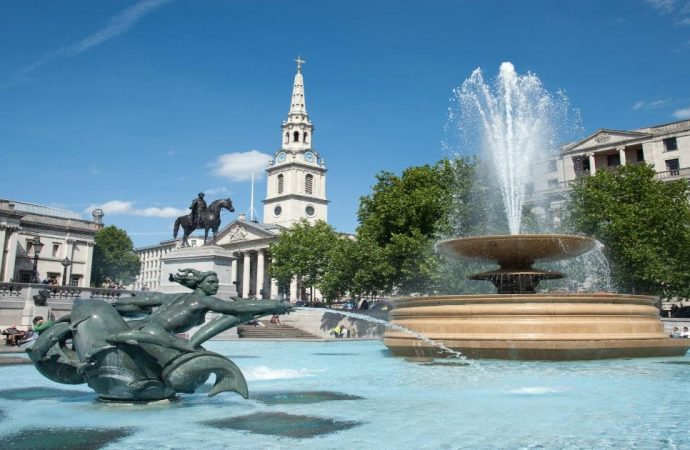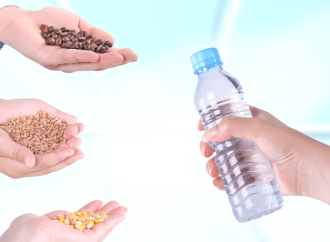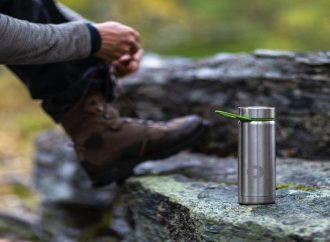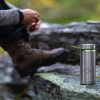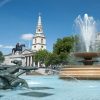We’ve already covered in a previous article all the ways to find natural sources of water if you’ve had to leave civilisation behind and flee to the wilderness, but what happens if you are still in your house or apartment when SHTF and you need to find water in an urban environment? There are bound
We’ve already covered in a previous article all the ways to find natural sources of water if you’ve had to leave civilisation behind and flee to the wilderness, but what happens if you are still in your house or apartment when SHTF and you need to find water in an urban environment?
There are bound to be hundreds of people, if not thousands, who are competing for basic resources in a situation where the worst has happened.
If you are in a residential area in the suburbs it will affect you less than if you are living in a city as you will have the countryside close by, and there isn’t likely to be the kind of pandemonium in these settings compared to a city full of people hungry and thirsty.
Luckily there are lots of places you can discover water if the taps no longer work and the local stores are not operating as they should be, and knowing these will give you a clear advantage over those trying to find water in urban environments in the most obvious places.
A small but useful tool that will come in very handy when trying to find water in built up cities and towns is a 4-way utility key, also known as a silcock key or stopcock key, that allows you to gain access to many different water systems like shut-off valves.
Check out this list of 15 urban water sources for preppers looking to stay hydrated after a SHTF situation.
1. Scavenging Homes
In an event where many homes have been left vacated, entering the property and conducting raids should yield food as well as bottled water. Some people do not keep water in places where you might imagine, so check in every cupboard, in fridges and freezers, summerhouses and outside sheds.
Garages are often a place where bulk items are stored so it makes sense that bottled water would also be stored there too.
2. Fire Hydrants
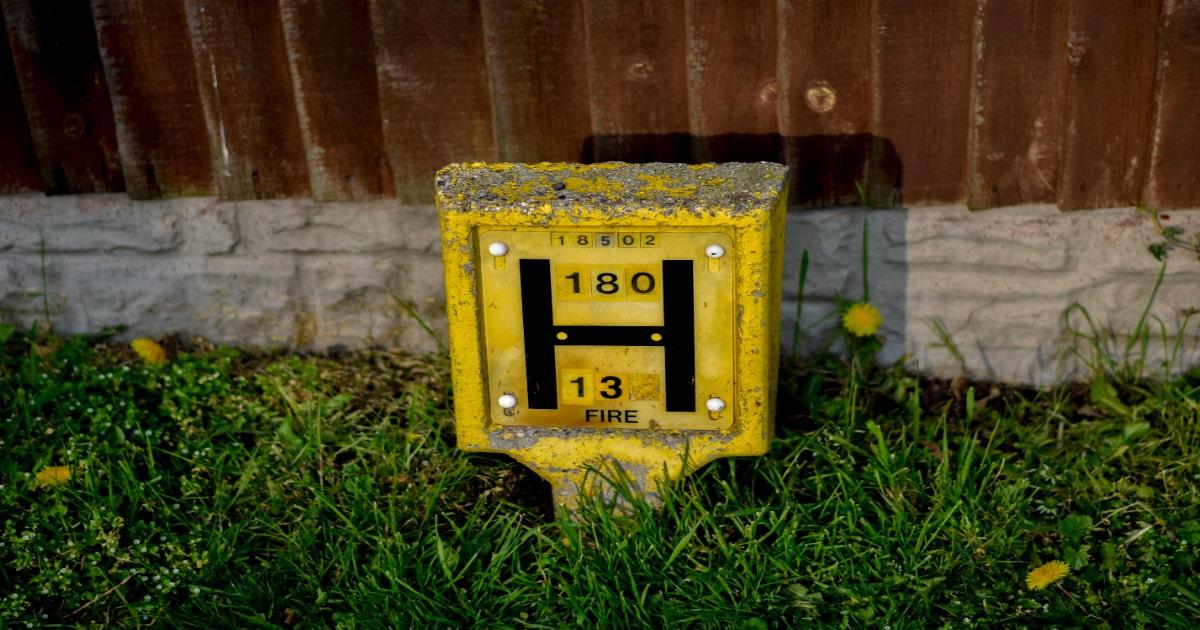
In the UK we don’t have shiny red fire hydrants on every street corner like they do in the USA, instead we have yellow painted metal grids on the floor marked with the letter H. The location of a hydrant is often shown with a square yellow block on a concrete post with a large black H on it.
The number on the top of the H refers to the diameter of the pipe, the number underneath shows how far away it is. When this metal grate is removed you have access to underground pressurised water.
If you’re in the city, then there may still be fountains that are working where you could extract water from the pipes underneath the same way as you do from a fire hydrant, but it will need to be filtered properly first.
To get water from a hydrant properly you will need to use a hydrant standpipe tap and key, a specialist piece of kit that only a few people in the UK will actually have – firemen, plumbers and water inspectors.
3. Vending Machines
In urban environments there are likely to be vending machines dotted around the place, within buildings or out on the street. Most vending machines conveniently have a glass front so the contents can be seen, easily broken with a tactical glass breaking pen or simply a large rock thrown at it.
Vending machines can be found in lots of common locations such as petrol stations, airports, gyms, college and university campuses, some cafes and in shopping centres.
4. Toilet Tanks
Traditional toilets have a cistern at the back which holds water ready to flush the toilet. This water comes straight from the pipes into your home and is never in contact with the actual water within the bowl.
This makes it much cleaner to drink, however it has been in an environment close to where bacteria, dirt and grime resides, and it sits stagnant for most of the time, so should always be boiled, properly filtered and purified first. Each toilet yields 5 litres, enough for one person for 2-3 days.
5. Hot Water Tank
Most home boilers will hold anywhere from 50-150 litres of water. It should be a last resort though as parts inside the boiler and pipes can corrode and contaminate the water. The water can sit stagnant for a lot of the time too, as well as passing through the many radiators in a home.
Boiling the water won’t get rid of metal contaminants like lead. To get water out of a boiler there should be a visible pipe underneath which you simply need to unscrew one end of to drain the boiler of the fresh water that was being fed to it before it got pumped around the system.
6. Pipes
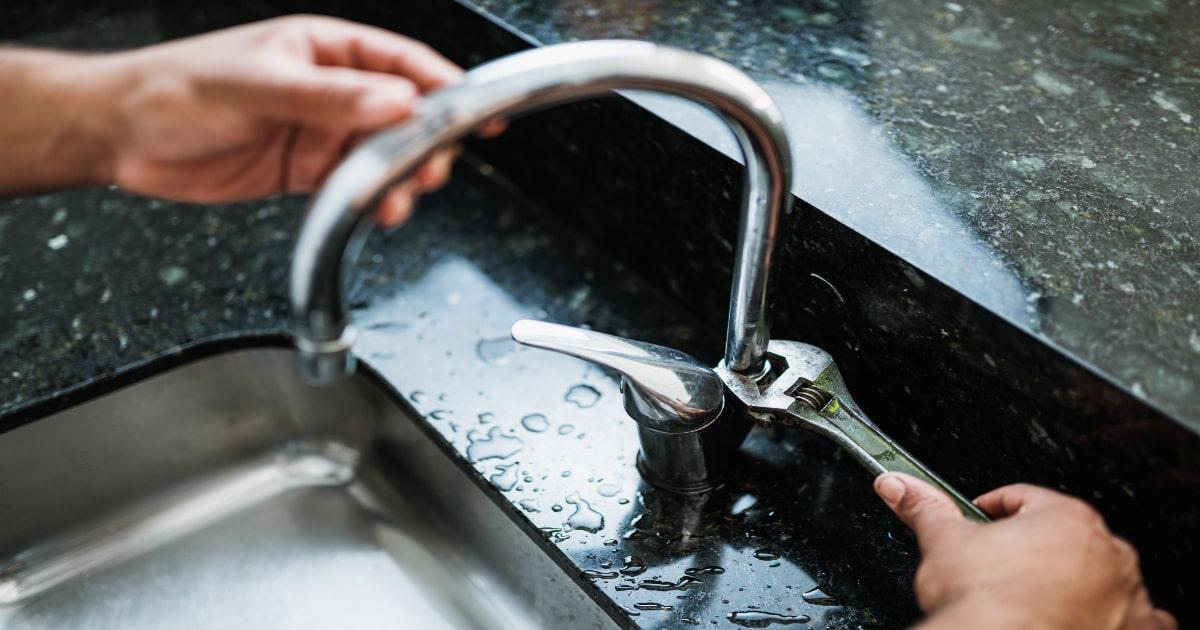
After a SHTF event when there is no electric to pump the water, water pipes are highly likely to have water just sitting inside them, whether in a commercial or residential setting.
You’ll want to find the shut off valve and take the water from a pipe near there or under the sink, as this is where clean water will be. Do not attempt to drain radiator or heating water pipes.
Finding those pipes will allow you to extract lots of water, however as with boiler water you don’t know what kind of elements are contained in that water so it should be put through a very small micron filter and then boil afterwards to be sure it is as pure as you can get it.
7. Humanitarian Aid
In a crisis where society in general has taken a hit, the government may still be operating along with the army who are likely to deliver food and water parcels out to needy people.
It can be a dangerous situation to be in with lots of hungry and thirsty people, but standing in line or in a crowd many ensure that you and your family receive a bulk ration of water to keep you going. Bring a rucksack with you to store all the water that is given out.
8. Tinned Fruit & Vegetables
If you area searching through abandoned properties, then tinned fruit and vegetables can give you a large amount of water. Fruit in tins like pears and tangerines is often filled with a liquid syrup which can provide you a tasty fruit drink in an emergency.
You can use the liquid mixed with flour to make batters too, or add the juices from tinned peas or sweetcorn to create a soup from which will provide you hydration. At times like these you have to get a little creative.
9. Swimming Pools
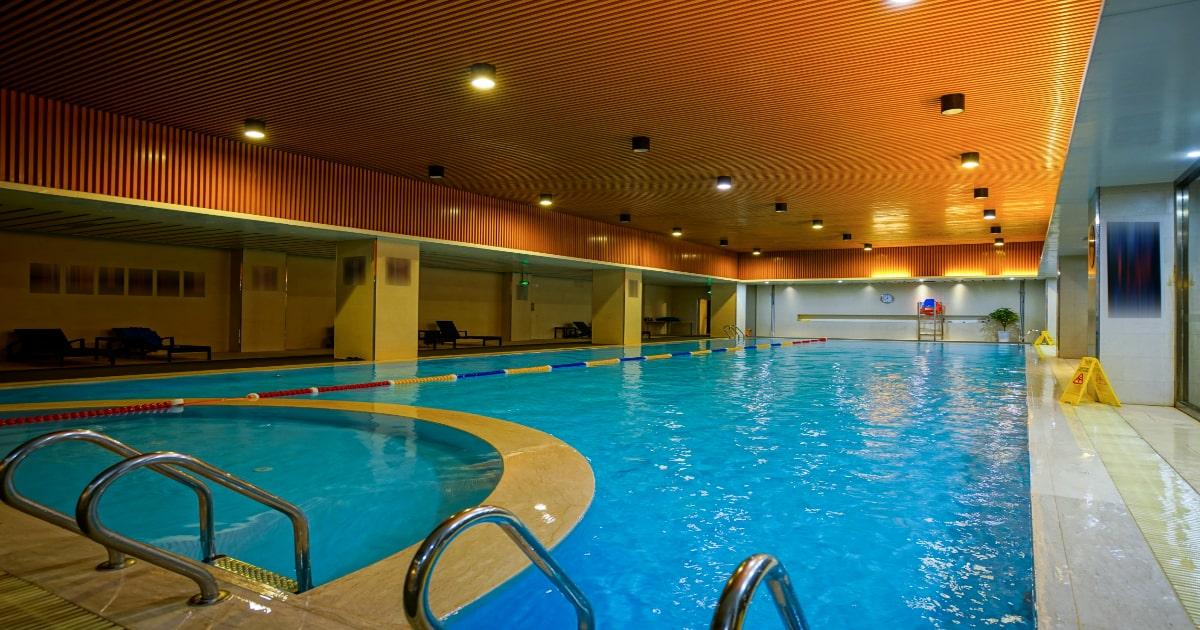
Unlike America, very few homes in the UK are equipped with swimming pools and jacuzzis. To get a lot of water quickly you could attempt to enter public swimming baths or hotels and use the water contained in the swimming pool there.
Assess how long its been since the filters were on in the pool, and visually check the colour to ensure there is no green tinge.
As it is chlorinated it is not likely to have excess bacterial growth and the process of dechlorinating water is relatively easy. UV light can help dechlorinate so just leave it out in the hot sun for a while to dechlorinate, or why not distil it properly before drinking.
Even if you can’t drink it immediately, you can still wash in it to maintain hygiene, clean your clothes or fill up bottles to flush toilets with at home and leave your good water supplies for drinking only.
10. Dehumidifier
If you have access to electricity in your home or can generate it at your camp, then a dehumidifier is a good product to have. It sucks moisture out of the air and collects it in a small reservoir.
On the max setting, the average dehumidifier can suck up to 20 litres of water out of the air per day. There are no chemicals involved, only some bacteria or spores that might be present in the air, and the water should be good to drink after boiling and purifying. Better yet, distil it or use reverse osmosis on it.
11. Water Cooler
If an urban area is relatively abandoned, then you can search through office buildings for water left in water coolers. Most large businesses have these for their customers, such as doctors offices and dentists, however if you enter a large building complex then there may be a water cooler on every floor.
As you don’t know when the bottle was opened or how long it’s been sitting there for, ensure that it is visually clean and scent free before considering it for boiling and filtering.
12. Kettles
Whether you are in a residential setting or a commercial space, in the UK there is bound to be a kettle in every home. As the water is likely to have been boiled it should be more sterile than many other sources.
You may only collect a litre or so from each kettle, but if you’re taking water from multiple houses then you should have a fair few litres to keep you going an extra week until you can secure a better source of natural water.
13. Stored Water
If you are living in an urban environment and you are given warning of an impending SHTF situation where the electricity and water supplies may be compromised, then you should have the water storage equipment in your home already to save water.
This could include bulk plastic water bottles you’ve saved over months, water barrels, pots and pans as well as strong containers and water tanks.
There is a great product from America called a WaterBOB which you can put in your bath and fill it with litres and litres of clean water that will last a long time.
14. Gardens

Many homes will have sources of water outside in the garden and if you’re trying to find water in urban environments in the UK you won’t have to walk far to find property with gardens.
Some people may have filtered ponds with fish in them which can be tapped into and filtered and boiled. If you’re desperate there may even be birdbaths with water in them, however it will need some serious treatment before being made potable in case they have been used recently and contaminated.
Water butts in the garden and watering cans may also hold water that can be purified and drunk as well as larger water storage systems you or others may have setup prior to SHTF.
15. Atmospheric Water Generator
As a final option, if you have a few thousand pounds to spare, then an atmospheric water generator is a top piece of kit to have in your preps.
Functioning in a similar way to a dehumidifier, this device is capable to sucking water vapour right out of the air and creating drinking water. It works by cooling the air to its dew point and bringing it into contact with desiccants.
With 13 billion tons of water vapour in the atmosphere, this machine will always work to create fresh drinking water straight from the air.
Summary
So there you have it, 15 ways to find water in an urban environment if SHTF. If all else fails, you can always ask your neighbour politely for some of their water – or take it by force, as you and your family will not survive without it.
Be prepared, and always stock up on water in bulk before anything else, it’s essential for life.
